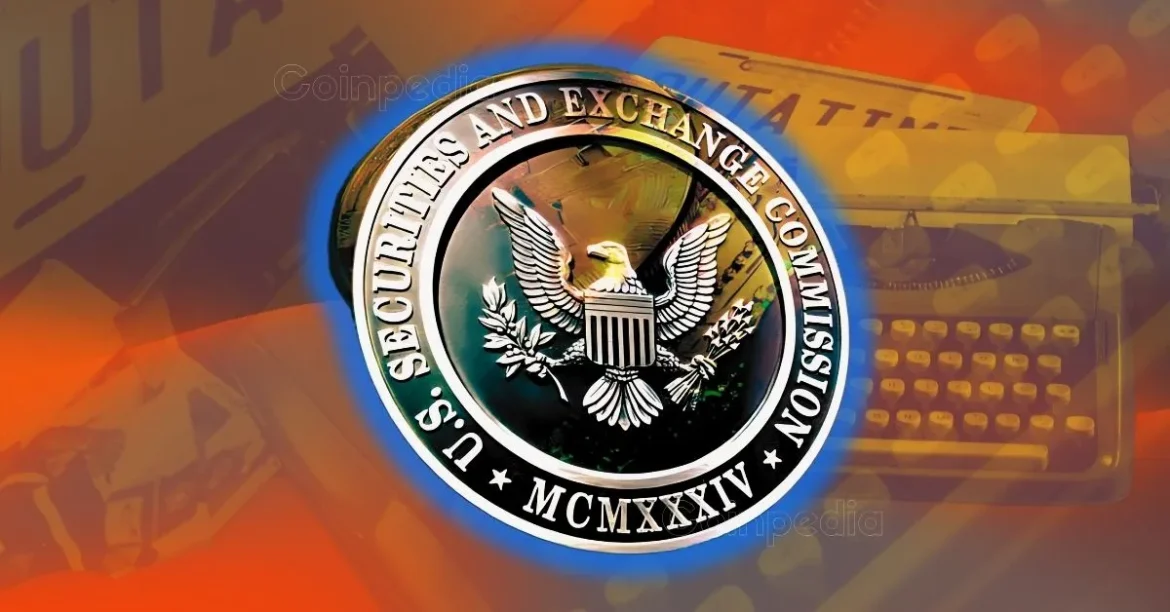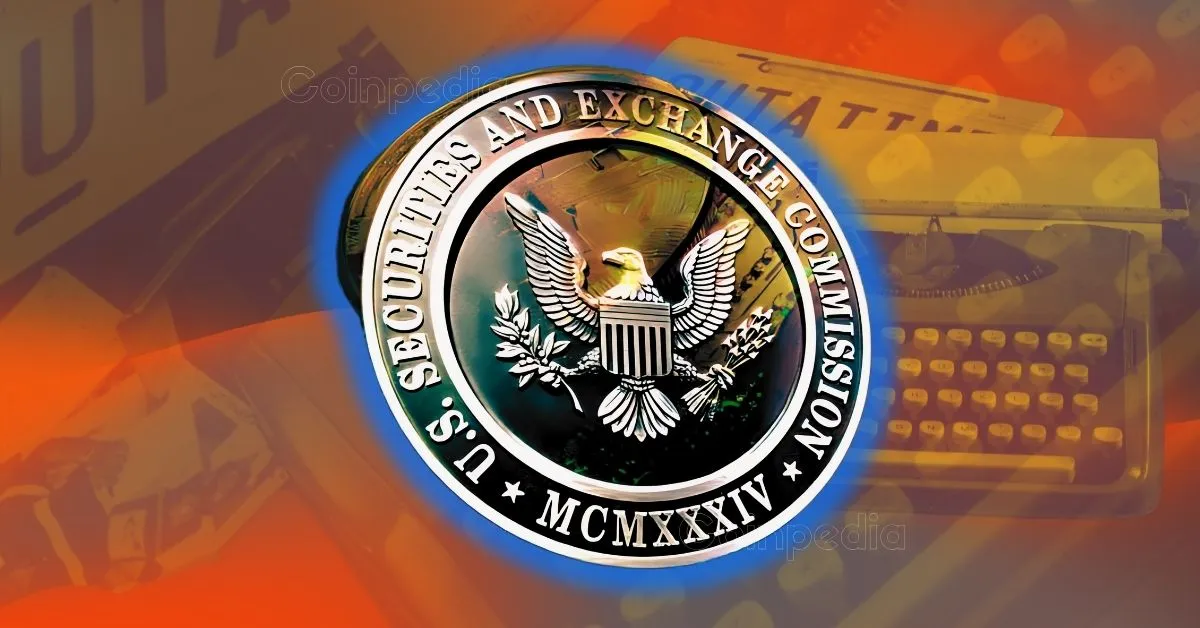The Emergence of the CLARITY Act: A New Chapter in U.S. Cryptocurrency Regulation
—
As digital assets continue to redefine the contours of global finance, the United States Congress has taken a pivotal step with the introduction of the Digital Asset Market Clarity (CLARITY) Act in 2025. This legislation represents a major effort to demystify and systematize the regulatory environment for cryptocurrencies such as Bitcoin, Ethereum, stablecoins, and decentralized finance (DeFi) instruments. After years of regulatory uncertainty and fragmented oversight, the CLARITY Act promises to establish clear jurisdictional boundaries and operational frameworks, offering a foundation for safer, more transparent crypto markets.
—
Clarifying Regulatory Authority: SEC Versus CFTC
One of the most significant breakthroughs offered by the CLARITY Act lies in its explicit assignment of regulatory responsibilities between two primary U.S. agencies: the Securities and Exchange Commission (SEC) and the Commodity Futures Trading Commission (CFTC). Traditionally, this jurisdictional overlap has been a source of confusion and inefficiency.
– CFTC’s Role: The bill designates the CFTC as the primary regulator for digital commodities, including spot markets for cryptocurrencies such as Bitcoin and Ethereum. This shift recognizes these assets more in line with commodities than securities, aligning regulatory treatment accordingly.
– SEC’s Role: By contrast, the SEC’s purview remains focused on digital securities, including tokens that qualify as investment contracts or satisfy certain criteria under securities law.
This delineation creates a dual yet complementary regulatory architecture, reducing ambiguity for exchanges, brokers, and dealers. The bill further establishes a provisional registration regime for digital commodity exchanges, signaling a move away from previous “notice of enforcement” stances toward structured oversight.
—
Key Provisions Impacting the Crypto Ecosystem
Beyond jurisdictional clarity, the CLARITY Act introduces several provisions designed to address pressing challenges and foster innovation:
– Stablecoin Regulation: Recognizing stablecoins’ increasing role in digital finance, separate legislation accompanying the market structure bill aims to impose stricter rules on stablecoin issuers. This includes mandates for transparency, reserve requirements, and consumer protections aligned with their role as digital tokens pegged to U.S. dollar value.
– Decentralized Finance (DeFi): The bill touches on regulatory frameworks applicable to decentralized platforms, though the fast-evolving nature of these technologies means some areas remain under defined oversight. However, it lays the groundwork for incorporating DeFi into the regulatory net without stifling innovation.
– Exchange and Broker Oversight: Introducing registration and compliance standards for platforms operating in the digital commodity space, the bill intends to bring these entities under formal regulatory supervision, enhancing investor protections and operational integrity.
– Anti-Money Laundering (AML) and Consumer Protections: Although some lawmakers like Senator Elizabeth Warren have voiced opposition over perceived gaps in anti-money laundering measures, the legislation incorporates baseline AML rules intended to counter illicit activity.
—
Political Dynamics and Legislative Trajectory
The passage of the CLARITY Act has not been without challenge. Although the House of Representatives passed the bill with a strong bipartisan vote—279 in favor—significant resistance remains in the Senate. In early May 2025, a key version of the bill stalled after a group of Senate Democrats blocked it, citing concerns about consumer protections and regulatory loopholes. Nonetheless, subsequent bipartisan efforts, including the advancement of related bills like the GENIUS Act and the so-called FIT21 Bill, signal a growing congressional commitment to enacting comprehensive crypto regulation.
Multiple committees, including the House Financial Services Committee and the Agriculture Committee, have actively collaborated to fine-tune the bill’s language and provisions. The legislative environment remains dynamic, with industry stakeholders, regulators, and lawmakers closely monitoring developments.
—
Implications for Stakeholders
For the cryptocurrency industry, the CLARITY Act represents a watershed moment. Its prospective benefits include:
– Regulatory Certainty: Clear agency jurisdiction and defined compliance requirements reduce legal ambiguity, enabling exchanges, investors, and innovators to operate with greater confidence.
– Market Integrity & Consumer Trust: Formal oversight frameworks and AML provisions bolster protections against fraud and market manipulation.
– Innovation and Growth: By setting a structural foundation, the legislation can catalyze domestic fintech growth, positioning the U.S. as a competitive hub for crypto development.
However, the legislation also imposes new regulatory responsibilities and compliance costs, which smaller firms and decentralized projects may find challenging.
—
Looking Ahead: The Road to Regulatory Maturity
The CLARITY Act is an essential stride toward harnessing the transformative potential of digital assets within a balanced regulatory architecture. Its success will hinge on continued legislative negotiation, agency rule-making, and industry cooperation. As Congress refines these frameworks, it is likely that future iterations will address existing critiques, incorporating stronger AML measures and broader DeFi considerations.
The bill’s bipartisan support underscores a shared recognition that the digital asset space cannot remain a “Wild West” of regulatory uncertainty. Instead, Congress is shaping a roadmap for the future—a future where innovation thrives alongside investor protection, and where the U.S. asserts leadership in the evolving crypto landscape.
—
An Inflection Point for America’s Crypto Future
The unveiling and advancement of the CLARITY Act ushers in a new era in American cryptocurrency regulation. It solves long-standing ambiguities about agency oversight and provides a measured yet decisive framework for managing digital assets. Although obstacles remain and compromise will be essential, the bill’s comprehensive approach marks a landmark moment that could well define the trajectory of the U.S. crypto industry for years to come. The balance struck between encouraging innovation and safeguarding market integrity will set the tone for how America embraces the promise and challenges of the digital financial frontier.





